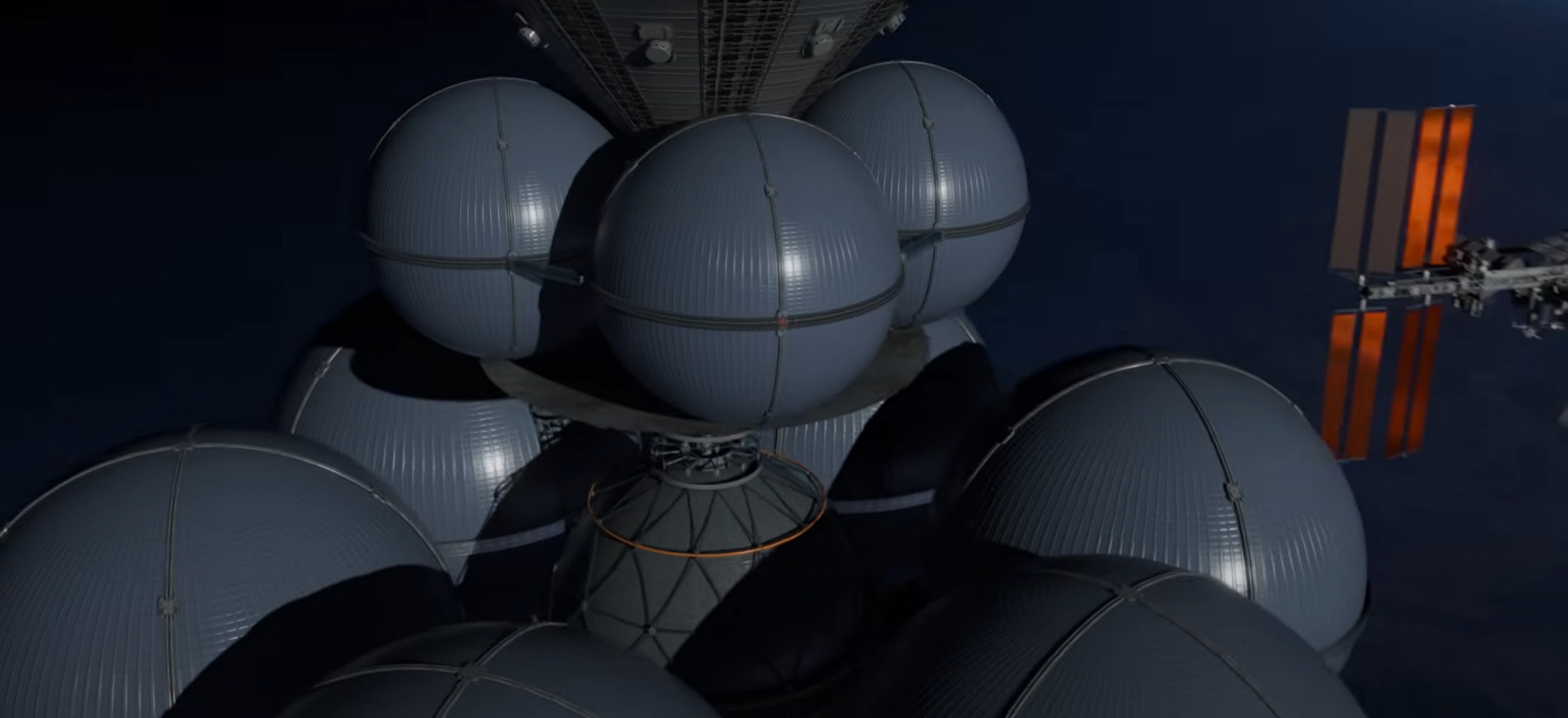Humanity’s cosmic aspirations have been long held dreams, fueled by technological advancements that have opened new frontiers. While we have made significant strides in space exploration, our ventures have been primarily confined to our solar system. Despite the launch of hundreds of spacecraft, only a handful have ventured beyond the sun’s influence.
The immense distances between stars and the lack of technology capable of covering them in a reasonable timeframe pose significant challenges to interstellar travel. The British Interplanetary Society, one of the oldest organizations dedicated to space exploration, sought to address these challenges.

In the 1970s, they conceived Project Daedalus, an ambitious endeavor to design a spacecraft capable of reaching a nearby star within a human lifetime. This project aimed to push the boundaries of technology and explore the possibility of interstellar exploration. Daedalus was designed to be a fusion powered spacecraft, utilizing a fusion reactor to generate immense energy.
This innovative propulsion system would allow the spacecraft to achieve speeds far exceeding those of conventional rockets. The project involved extensive research and development, focusing on the design of the fusion reactor, the spacecraft’s structure, and the necessary life support systems.
While Project Daedalus ultimately remained a conceptual design, it served as a significant milestone in the field of interstellar exploration. It demonstrated the feasibility of such a mission and inspired future generations of scientists and engineers. The concepts and technologies developed for Daedalus continue to influence ongoing research and development in space propulsion and spacecraft design.
The Daedalus, a colossal spacecraft envisioned in the mid 20th century, was designed to start on a daring interstellar journey to Barnard’s Star. Its massive size, necessitated by its ambitious mission, demanded assembly in orbit. The ship itself, weighing a staggering 54,000 tons, far outweighed its scientific payload and other equipment, which totaled a mere half a ton.
Powered by thermonuclear pulse propulsion, the Daedalus would have accelerated to 12% of the speed of light through a two stage process. After four years of acceleration, it would have cruised for 46 years to its destination, a small red dwarf star 5.96 light years away.

To protect against the harsh environment of interstellar space, the Daedalus would have employed innovative shielding technologies, including a cloud of particles and a beryllium disc. Support vessels, service robots, and advanced communication systems would have complemented its capabilities.
However, the ambitious Daedalus project ultimately remained a theoretical concept, hindered by the immense technological challenges and resource requirements. While the vision of interstellar exploration remains fascinating, the realization of such a monumental undertaking appears to be far beyond our current capabilities. The Daedalus, a testament to human ingenuity and ambition, serves as a reminder of the vast distances and technological hurdles that must be overcome before we can venture into the depths of the cosmos.

